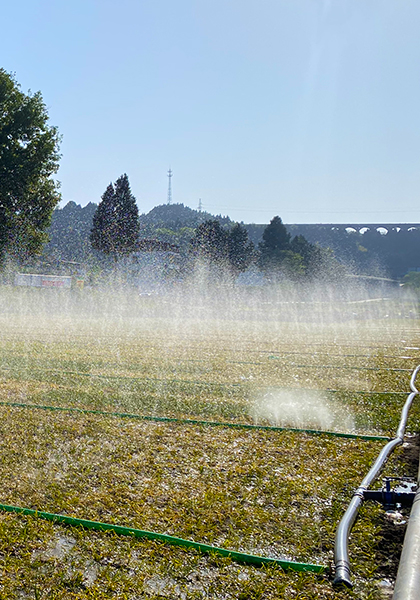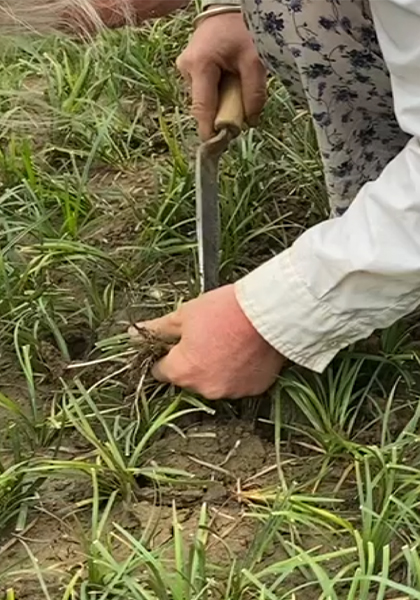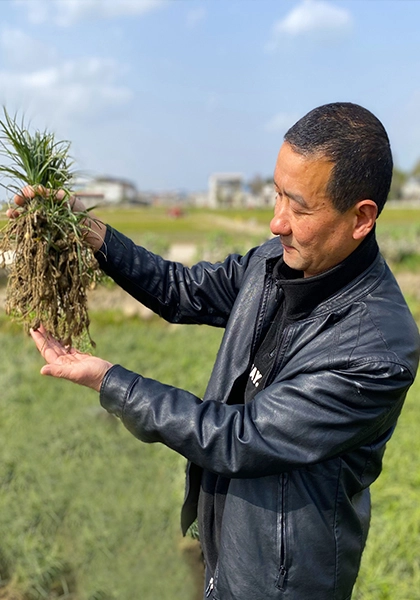Proper irrigation is critical in Ophiopogon japonicus (Mai Dong) cultivation to ensure robust growth and high medicinal quality. In Fuling, Sichuan, farmers utilize water from the Fujiang River combined with sprinkler irrigation systems to maintain optimal soil moisture. This method ensures uniform water distribution while minimizing disease risks.
Irrigation System Setup
1. Water Source: Fujiang River Diversion
- Natural Purity: Fujiang River provides clean, mineral-rich water ideal for medicinal herb growth.
- Sustainable Usage: Controlled intake to prevent over-extraction.
2. Sprinkler Irrigation Infrastructure
- Pipeline Network:
- Pipes laid across fields
- Nozzles spaced for full coverage (90% efficiency)
- Pressure Regulation: 2.5–3.0 bar for fine droplet dispersion
Irrigation Management Protocol
1. Watering Schedule
- Frequency:
- Summer (June–August): Every 3–4 days
- Spring/Autumn: Weekly
- Winter (Dormancy): Minimal (only if soil is extremely dry)
- Duration: 30–45 minutes per session (varies by soil type)

2. Key Observation Points
Farmers monitor fields closely to adjust irrigation:
| Sign | Diagnosis | Action |
|---|---|---|
| Yellowing leaves | Overwatering / Poor drainage | Reduce frequency, improve drainage |
| Soil cracking | Underwatering | Increase duration (not frequency) |
| Wilting at noon | Temporary heat stress | Maintain current schedule |
3. Pro Tip: Morning Irrigation
- Best Time: 5:00 AM – 8:00 AM
- Benefits:
- Allows foliage to dry before nightfall → reduces fungal risk
- Minimizes evaporation loss
- Synced with plant stomatal opening

Technical Advantages of Sprinkler Irrigation
- Uniform Distribution: Eliminates dry spots
- Frost Protection: Can be used for anti-frost spraying in early spring
- Nutrient Delivery: Enables foliar feeding integration
Common Mistakes to Avoid
× Evening watering → Promotes powdery mildew
× High-pressure spraying → Soil compaction risk
× Ignoring soil type → Sandy soils need shorter, frequent sessions
By combining Fujiang River water with precision sprinkler systems, Fuling farmers achieve:
- Consistent soil moisture for optimal saponin production
- Disease prevention through proper timing
- Sustainable water use in medicinal herb cultivation


